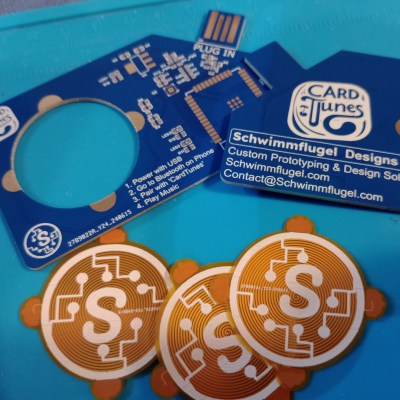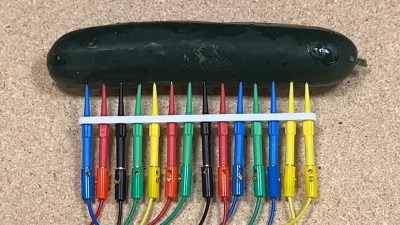There have been many computers that played a little jingle to greet you upon booting. The NEC PC-9800 is a famous example, though almost all the Macintosh computers played either the soothing “booting” chord or sometimes the Sad Mac “error” chord. And of course, consoles have long played music on startup, with the original PlayStation boot music heralding a whole new era of video games. But modern machines don’t do anything, except maybe a single beep if you’re lucky. So why not pop in this M.2 card (JP) and bring some quirky flair to your PC?
While this particular card is aimed at the Japanese market and specifically evokes the PC-9800, we hope to see some hackers creating projects bringing other custom boot sounds to laptops and PCs around the rest of the world! A simple microcontroller, DAC, speaker and flash storage for the waveform would be all that’s required. It could even be capacitively coupled into the system’s sound output for some extra nerd points. You could pull the ultimate prank and have your friend’s laptop play the opening notes to “Never Gonna Give You Up” upon boot. Or you could have your favourite hacker movie quote play – “I can trace her physical location by looking at the binary!”. Brilliant!
In the meantime, if you want one of these cards, you’ll likely have to use a Japanese mail forwarding service as the cards are only available from Japanese retailer Kadenken — though for only ¥2880, or just under $20 USD, which is a great deal.
[via Techspot]



















